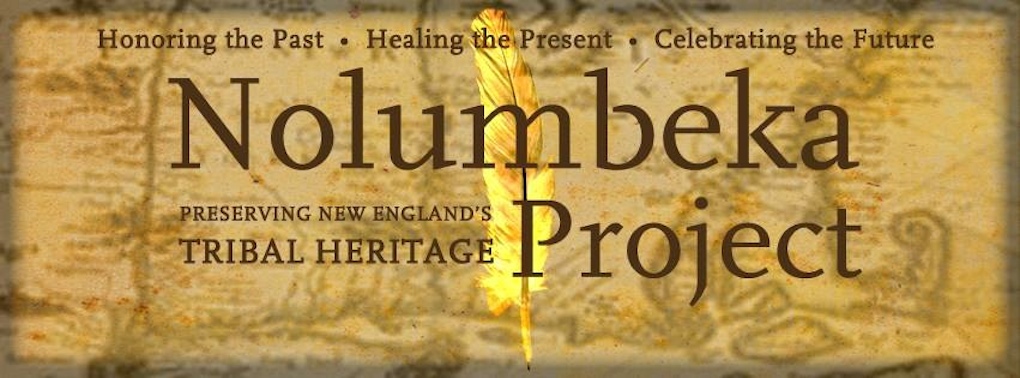Initially envisioned by Nolumbeka Project President Joe Graveline and Native American flutemaker and musician Barry Higgins, The People's Harvest took place at Scheutzen Verein in Gill, MA in the fall of 2005 and 2006. A celebration of the Native American/American Indian culture that once flourished on the banks of the Connecticut River and its tributaries, the Peoples Harvest in 2005 marked the first time in 328 years that the members of different tribes gathered in peace on a portion of what was once a sacred peace village.
It was here, for centuries before the land was taken by European colonists, that the People of Pocumtuc, Mohawk, Nipmuc, Narragansett and and other tribes of the Northeast gathered in mid-September each year. Setting aside their tribal rivalries and issues, they fished and harvested and shared in a celebration of the bountiful blessings of Mother Earth. "Known as a place of peace and harmony and welcome" according to Narragansett Senior Deputy Tribal Historic Preservation Officer Doug Harris, this village is believed to have been one of the oldest--if not the oldest--continuously occupied site in New England.
The Peoples Harvest was brought about by the efforts of many people. In the fall of 2004, a core group consisting of Graveline, Higgins, Cris Carl, Diane Clancy, Howard Clark, Diane Dix, Susan Elkins, Pamela Kelly, Loren Kramer, Dorothy McIver, began the work which led to a one day event in 2005. Building on that experience and enlisting the support of local businesses, individual and corporate donors, an even more successful two day event was held in 2006 which led to a $4000 profit that was donated to the Friends of Wissatinnewag. More than 60 volunteers contributed to the events assisting with advertising and a myriad of logistical tasks, helping to erect and break down tents and booths, working the gates, managing traffic.
The People's Harvest drew together tribal elders; nationally known Native American musicians including Joseph Firecrow, Hawk Henries, Tom Obomsawin, and Barry Higgins; Native artisans whose crafts included sculpture, jewelry, baskets, quill and bead work, carved masks, paintings, wall art, clay pots, and more; live eagle and raptor demonstrations; Storytellers, traditional dancers and drummers; re-enactors in traditional clothing; educators and anthropologists; and an American Indian food concession whose offerings included Johnny cakes, a corn and mussel plate, and succotash.
The two events were widely attended and received extensive coverage in the local media. It is our hope that the Nolumbeka Project can help gather together the people and resources to continue the People's Harvest in the future. If you are interested in assisting, please contact us.




